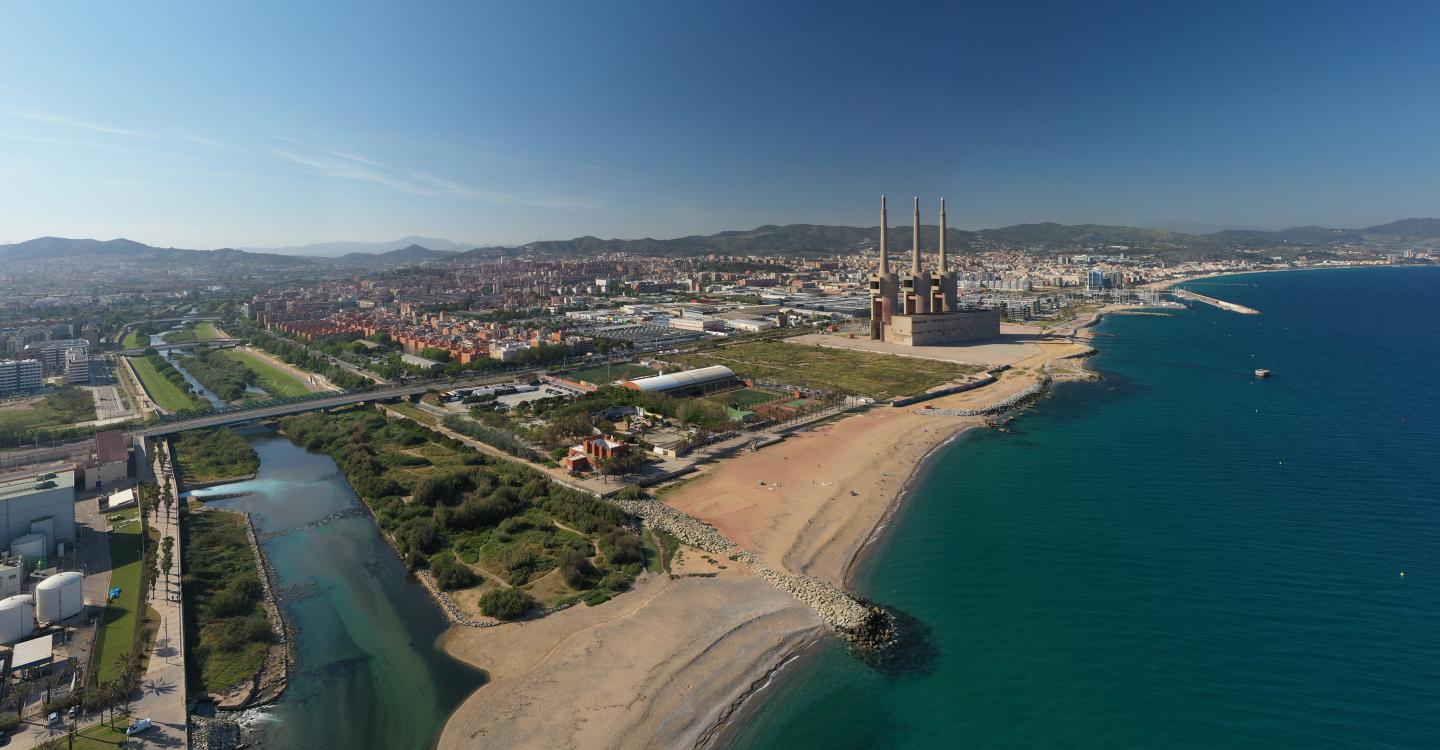GreenInCities

GreenInCities is an EU-funded H2020 project that aims to transform urban spaces through nature-based solutions and technological applications. Integrating human and non-human needs, the project combines data-driven innovation with neuroscience to co-create a sustainable future by taking a proactive approach to climate change adaptation and mitigation in disadvantaged areas.
Objectives
GreenInCities aims to build a new co-creative, integrated and collaborative approach to planning urban climate regeneration in disadvantaged and challenging areas. This approach is developed and tested through innovative tools as well as co-analysis, co-design and co-monitoring methodologies, and it is aimed at individuals, specialists and decision-makers.
The project’s specific objectives are:
- Co-creation: Collaborative planning, implementation and monitoring processes for urban interventions.
- Innovative tools and models: Adoption of new methods and data-driven models in urban regeneration.
- Greening and renaturation solutions: Strengthen multifunctional, habitable spaces with the principles of the New European Bauhaus.
- To raise awareness and include everyone: Provide knowledge on urban climate vulnerabilities to ensure that no one is left behind.
- Alignment with climate plans and policies: Improve the compatibility of ecological practices with urban, regional and national climate actions.ç
- To support EU policies: Contribute to the European Green Pact, the New European Bauhaus, the EU climate-neutral and smart cities mission, climate change adaptation and other policies.
The GreenInCities initiative addresses the following challenges:
- Improving the level of social preparedness and awareness of vulnerable groups living in disadvantaged areas.
- Going beyond the traditional understanding of greening and renaturation by including the dimension of non-human health and addressing concepts included in relevant EU policies and initiatives.
- Leveraging cutting-edge technologies to enhance the co-creation process and maximise urban regeneration impacts.
In the Barcelona metropolitan region, the effects of climate change are already starting to be felt with rising temperatures, heat waves, drought, loss of biodiversity and reduced availability of water resources.
GreenInCities is a European project promoted within the framework of the European Climate Adaptation in Cities Mission, which has more than 30 partners from the quintuple helix in 11 European cities (see list of partners). Five of these cities will lead the project with innovative pilots, while the other six will adapt the proposed solutions to local needs. The main objective is to create tools and strategies to integrate nature into cities and thus improve the environment and quality of life.
These initiatives will be deployed through living labs, participatory and collaborative spaces where innovative solutions to address shared urban and environmental challenges will be co-created, co-designed and tested.
The local project in Sant Adrià de Besòs
In the Barcelona region, the project focuses on the municipality of Sant Adrià de Besòs, located near the mouth of the Besòs River. This environmentally rich area faces significant social, urban and environmental challenges, including high levels of poverty, social segregation, extreme climate conditions and an environment that is not conducive to biodiversity.
The project therefore seeks to transform the space through nature-based solutions, and to do so by prioritising the needs of both people and nature. This transformation will take shape through the creation of an observation point and an outdoor laboratory, as well as a naturalised space that will function as a climatic refuge. The aim is to provide a healthier and more sustainable space for the community, to enhance local biodiversity and to promote climate resilience.
The local group features the Besòs Consortium and the PEMB as local partners, and MCrit and the Institute for Advanced Architecture of Catalonia (IAAC) as technical partners.
Key benefits of the intervention:
- Thermal comfort in extreme weather events: The project will help mitigate the effects of heat islands by creating more shaded areas and providing a cooler environment when the temperature is high, especially for the most vulnerable populations.
- Activities compatible with local biodiversity: The project will promote activities that respect the ecosystem of the river mouth to enhance biodiversity and create a healthy space for both people and the local ecosystems.
Specific objectives:
- To promote environmental awareness with a wildlife observatory.
- To create habitats for diverse species, thus increasing local biodiversity.
- To promote harmonious coexistence between humans and non-humans.
Role of the PEMB and the Metropolitan Commitment 2030
The PEMB joined the consortium because of its alignment with the missions ‘Environmental and climate emergency’ and Territorial cohesion’ that form part of the Metropolitan Commitment 2030. It acts as a partner-city, in collaboration with the Besòs Consortium, and as an expert partner, providing a metropolitan perspective to ensure that the project’s solutions make an impact beyond the local level.
With its strategic role, the PEMB contributes to transferring knowledge and ensuring that the innovations developed can be applied to other regions. The organisation’s experience in connecting regional and sectoral actors empowers the co-creation of sustainable solutions and effective policies to address climate change, thus promoting a fairer and more resilient future.
Importance of the GreenInCities project
The GreenInCities project is essential not only as a pilot project, but also as a concrete action to address the challenges of climate change. This project is aligned with European policies and missions promoting the green transition and urban resilience to the effects of climate change.






